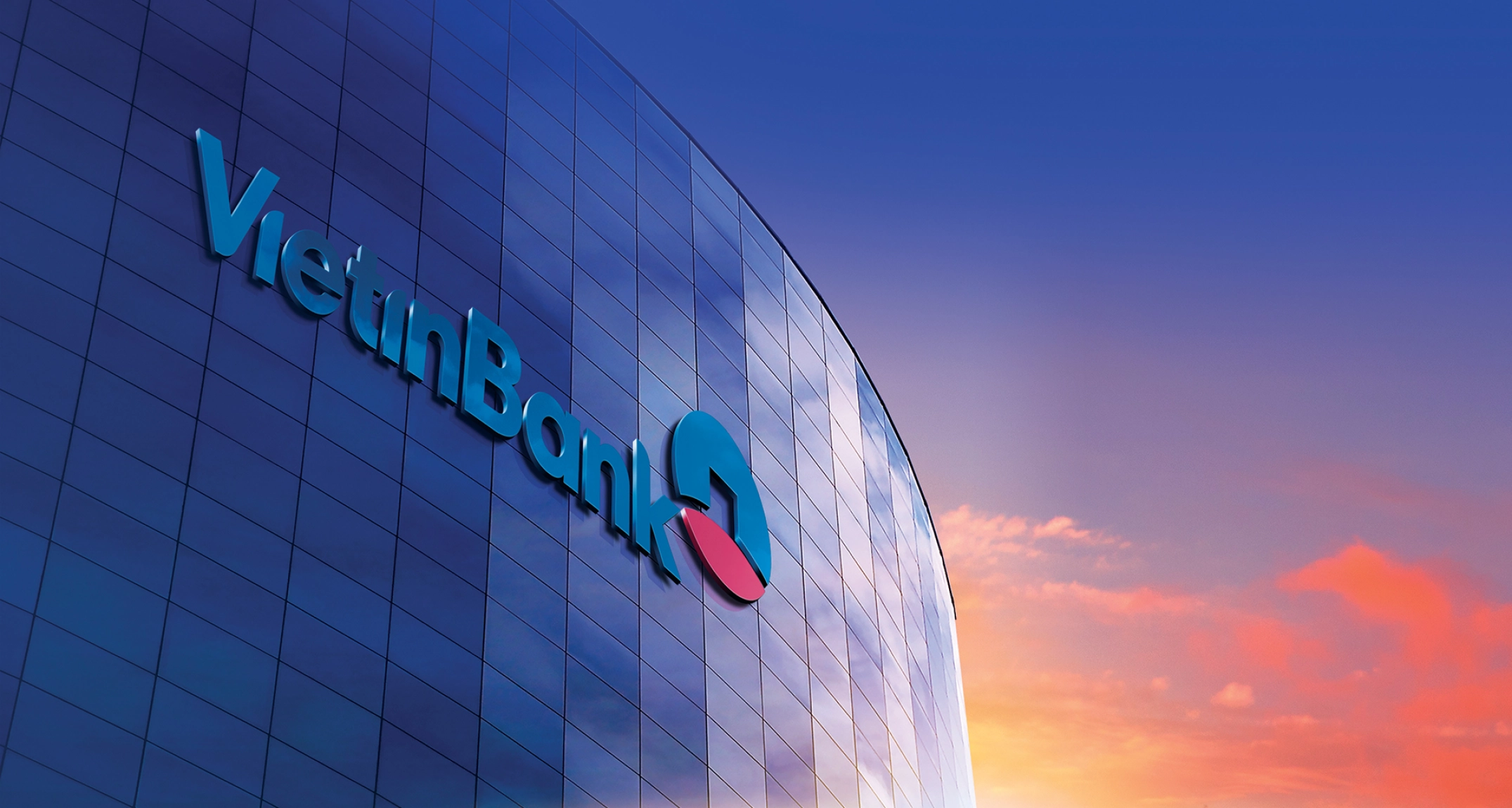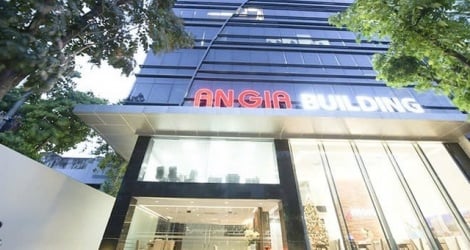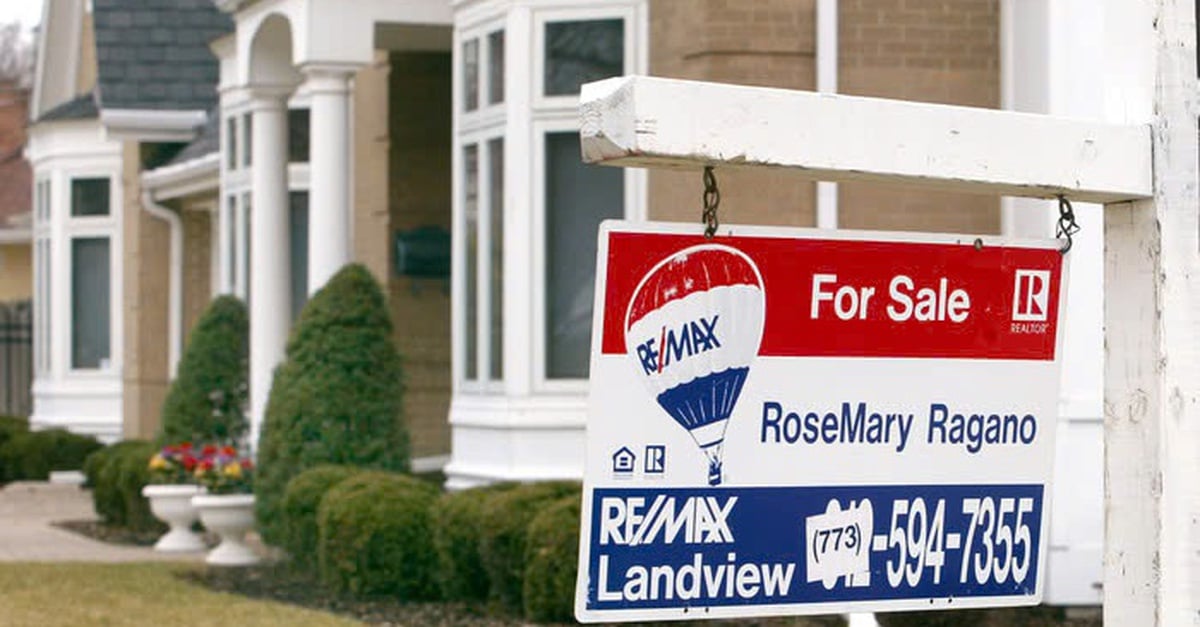While many private banks ended their streak of profit growth, state-owned banks still maintained double-digit growth rates in 2023.
Instead of reporting huge profits like the past three years, the business results of banks this year are significantly worse. 14/27 banks on the stock exchange have seen their profits decrease in the first 9 months compared to the same period last year. The poor capital absorption capacity of enterprises has led to low credit growth, while rising bad debts have eroded the profits of the banking sector. However, the gray color is not the general color of the whole industry, as the decline is mainly in the group of lower-ranking banks. State-owned banks still grew at double-digit rates this year.
The three "big" state-owned banks, Vietcombank, VietinBank and BIDV, said they all completed or exceeded their annual plans.
Vietcombank achieved a profit increase of more than 10%, to more than 40,000 billion VND, continuing to be the leading bank in terms of profit in the entire system.
VietinBank did not disclose specific figures, but said that profits "exceeded the planned target." Previously, the bank announced a profit plan this year of VND22,500 billion, an increase of 10.5% compared to 2022.
For BIDV, consolidated pre-tax profit this year reached VND27,400 billion, an increase of more than 19%.
The main growth drivers of state-owned banks come from credit growth, stable net interest margins (NIMs) and controlled provisions.
In terms of provisioning, Vietcombank is the best bank. In the period 2019-2022, this bank increased the bad debt coverage ratio to more than 300%, meaning one dong of bad debt has three dong of provisioning - the highest level in the banking system.
This development is considered by analysts as a clever way to "hide profits". On the one hand, it helps transfer profits from high growth periods to the future, while at the same time helping banks maintain stable growth.
This has worked in 2023, when bad debt became a systemic problem. In the third quarter, Vietcombank's risk provisioning costs were just over VND1,500 billion, down nearly 50% year-on-year, despite a sharp increase in bad debt. Accumulated for 9 months, this target was over VND6,000 billion, compared to VND7,800 billion in 2022. This result comes from exploiting "savings" from previous years, while also helping Vietcombank's profits maintain growth momentum.
By the end of 2023, Vietcombank's bad debt coverage ratio will drop to 185% from 270% at the end of the third quarter, but it is still the highest in the system. The bank's bad debt will also remain below 1%.
Unlike Vietcombank, BIDV and VietinBank exploit potential from credit and NIM, which are affected in years when capital has not been increased.
By the end of the third quarter, BIDV and VietinBank's net interest income was approximately the same as last year. Interest income of these two banks increased sharply, enough to offset the increase in interest expenses. Together with some other business segments, the total operating income of these two banks was higher than the same period. The development was more positive than many other private banks, when the pressure of capital costs strongly affected the "main rice pot" of net interest income.
VietinBank's outstanding credit increased by nearly 16% by the end of the year, higher than the industry's credit growth. As for BIDV, this bank's credit increased by nearly 16.7%, while mobilization increased by more than 16% - significantly higher than the rest of the banking system.
According to SSI Research, BIDV leads the system in total credit, with a retail-to-corporate lending ratio of 44%/56% at the end of the third quarter. The bank has actively disbursed quality home loans in the last quarter of the year through preferential lending programs. "This could help BID attract more quality individual customers, helping to improve NIM in the medium term," SSI Research assessed in the report.
However, on the contrary, the problem of state-owned banks is the story of increasing charter capital.
High credit expansion will help state-owned banks get through a difficult 2023, but it will also affect their capital adequacy ratio (CAR). Compared to private banks, state-owned banks’ capital increases are more limited, mainly relying on retained earnings.
Like Vietcombank, Deputy Governor Pham Quang Dung requested that this bank soon submit a plan to increase its charter capital from undistributed profits, in order to improve its capacity and ensure capital safety ratio. In addition, to avoid dilution of State ownership, Vietcombank was also asked to limit private issuance.
Minh Son
Source link













































Comment (0)